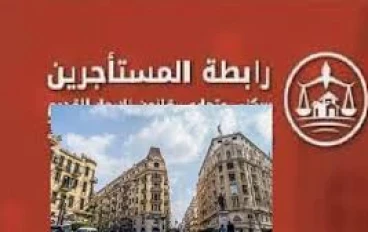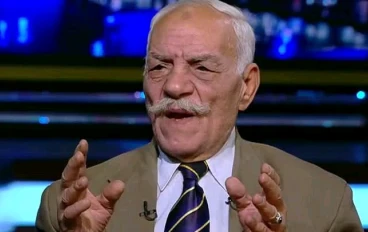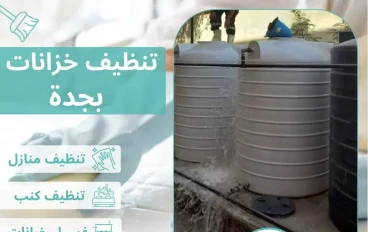
Iran-Israel Conflict: A Comprehensive Analysis of Recent Escalation and the US Role
The Iran-Israel Conflict: A New Phase of Direct Confrontation
The long-standing rivalry between Iran and Israel has entered a dangerous new phase of direct military confrontation. While the two nations have engaged in a shadow war for decades, involving proxy conflicts and covert operations, the past week has seen a significant and alarming escalation. Israel's airstrikes on key Iranian nuclear and military sites have been met with retaliatory missile barrages from Iran, bringing the region to the brink of a wider war. This unprecedented exchange of fire has put the international community on high alert, with a focus on understanding the motivations behind these actions and the potential for a larger conflict.
Understanding the Escalation: A Cycle of Strikes and Retaliation
Israel’s Preemptive Strikes on Iran’s Nuclear Program
The recent escalation began with a series of intense Israeli airstrikes targeting critical Iranian nuclear facilities in locations like Natanz, Fordo, and Isfahan. According to Israeli and U.S. officials, these attacks were aimed at crippling Iran's nuclear program, which they believe is close to developing a nuclear weapon. The strikes reportedly inflicted heavy damage, setting back Iran's enrichment capabilities and military infrastructure. In addition to nuclear sites, Israel also targeted missile manufacturing facilities and key military officials, demonstrating a clear intent to degrade Iran's military and scientific capabilities.
Iran’s Retaliatory Barrages: A Show of Force
In response to the Israeli attacks, Iran launched "Operation True Promise III," a large-scale retaliatory missile and drone barrage targeting Israel. While most of these projectiles were intercepted by Israel's multi-layered air defense system, some missiles managed to get through, causing damage to residential buildings, a hospital, and critical infrastructure in Israeli cities like Tel Aviv and Haifa. This direct attack on Israeli soil marked a major shift from Iran's previous strategy of using proxies like Hezbollah or the Houthis, signaling a new level of direct engagement and a willingness to respond militarily.
US Military Intervention and Diplomatic Pressure
The United States has played a central and complex role in this escalating crisis. After the initial Israeli strikes, the U.S. launched its own "massive precision strikes" on Iranian nuclear sites. These actions, described by U.S. officials as a means to "remove any imminent threat posed by Iran," signaled a direct military intervention in the conflict. However, this military action was quickly followed by a concerted diplomatic push. President Trump directly communicated with both Israeli Prime Minister Benjamin Netanyahu and Iranian officials through direct and indirect channels, with the help of mediators like Qatar.
Brokering a Fragile Ceasefire
The diplomatic efforts led to the announcement of a "complete and total ceasefire," although its terms and long-term viability remain murky. While Israel did not immediately confirm the agreement, a pause in strikes was observed after the deadline. This ceasefire, largely brokered by the U.S., highlights America’s dual role as both a military power and a key diplomatic broker in the region. The U.S. has made it clear that its priority is to prevent the conflict from escalating into a full-blown regional war, which would have devastating economic and security consequences, particularly for global oil supplies.
Global and Regional Implications
The conflict has garnered international reactions, with many nations urging de-escalation. The United Nations has expressed "grave alarm" over the use of force, emphasizing that there is no military solution. The crisis has also underscored the deepening great-power rivalry in the Middle East, with the U.S. firmly supporting Israel while China and Russia have expressed concerns and supported Iran The future of the ceasefire remains uncertain. If it holds, it could pave the way for a return to diplomacy, but a violation from either side could trigger a rapid and catastrophic escalation. The coming weeks will be critical in determining whether this fragile truce can evolve into a more sustainable de-escalation of tensions.


































